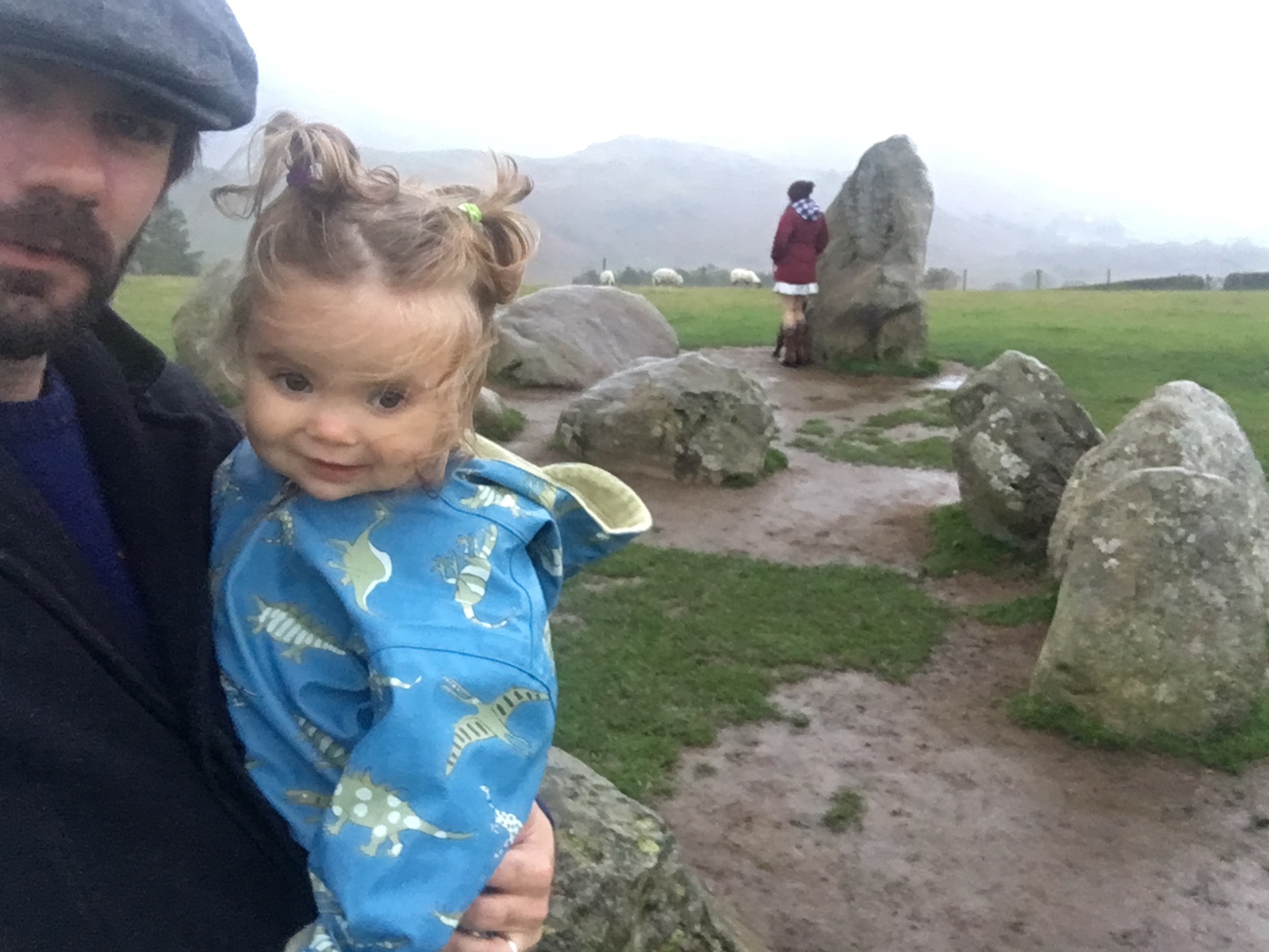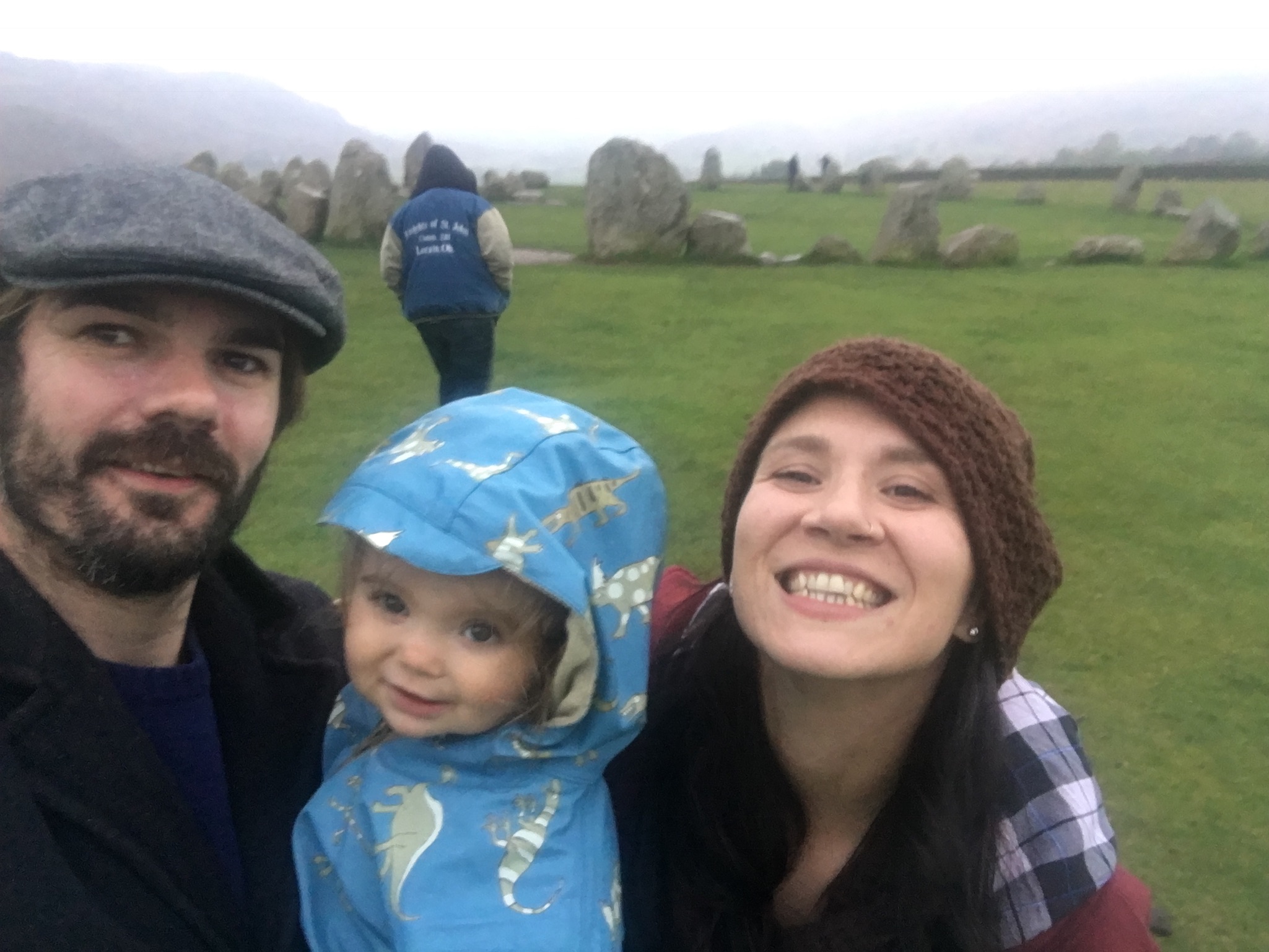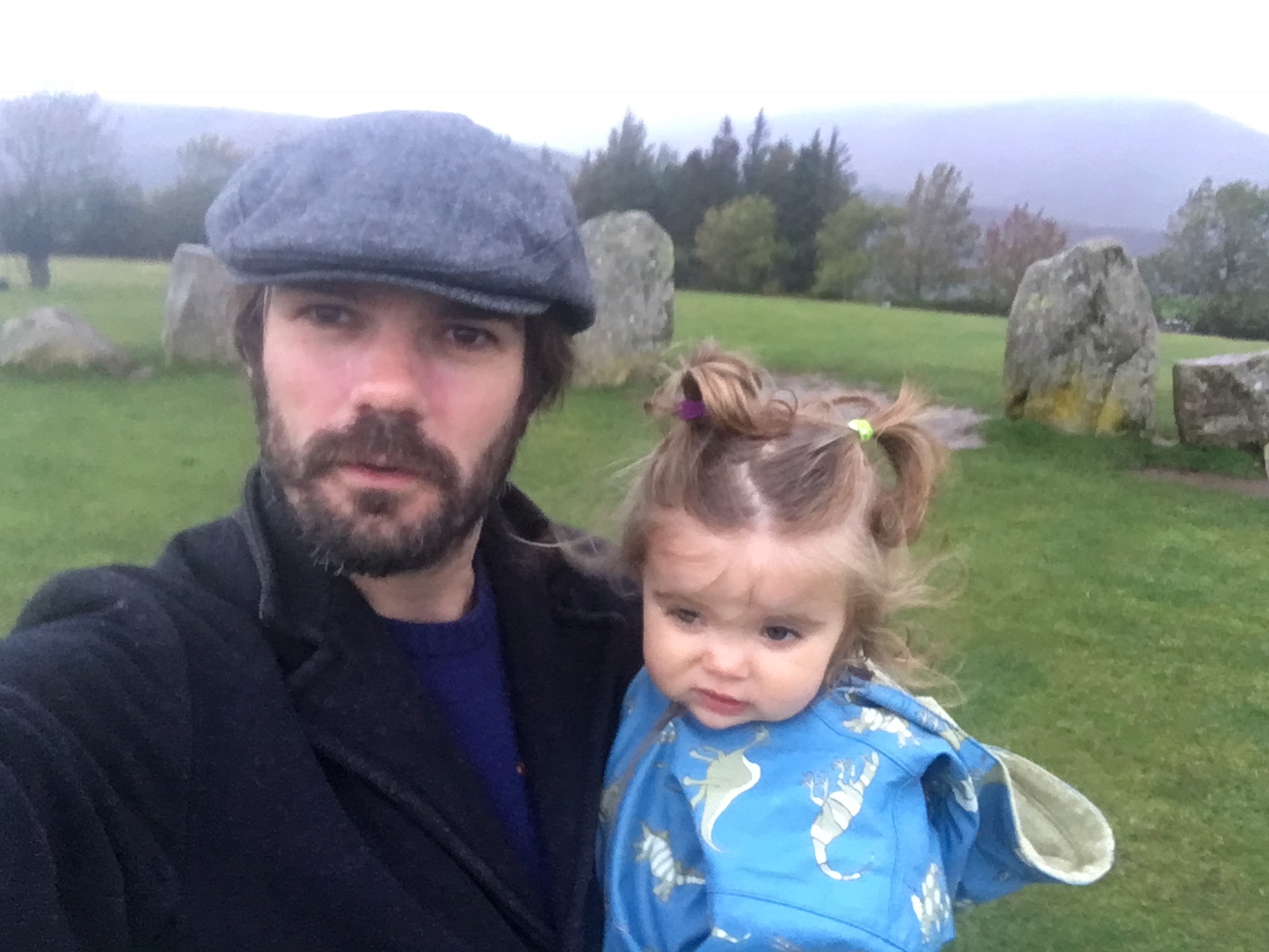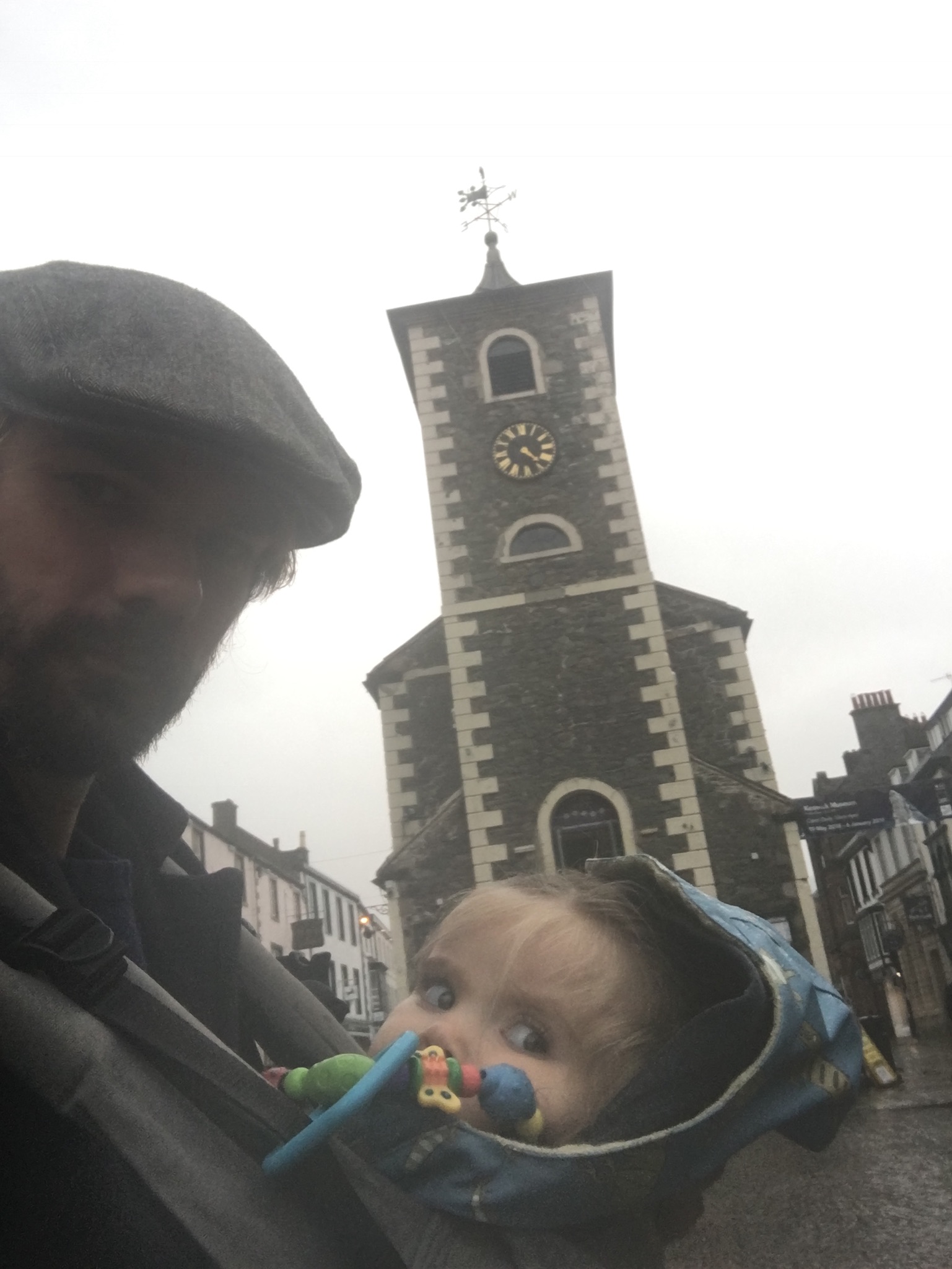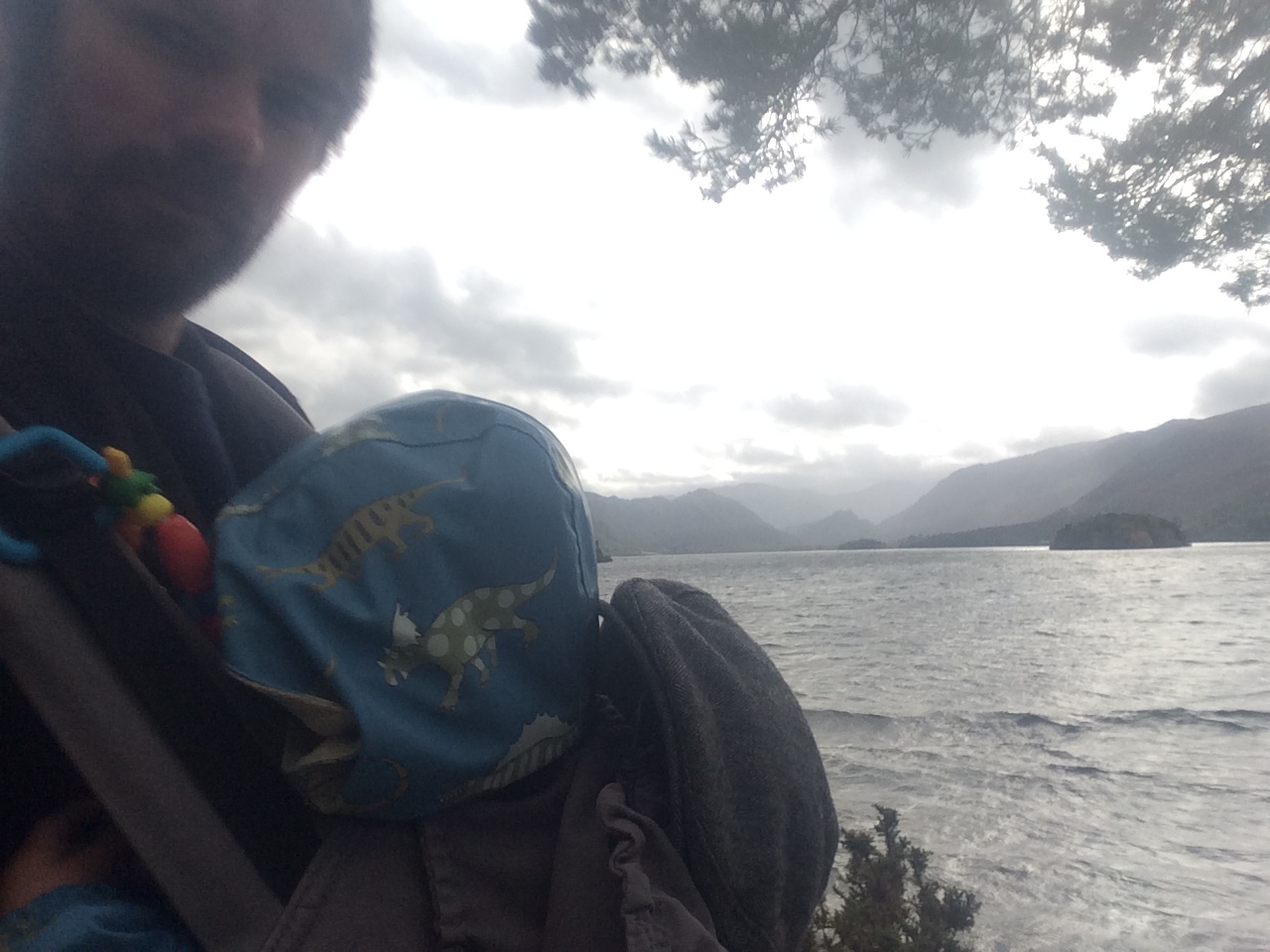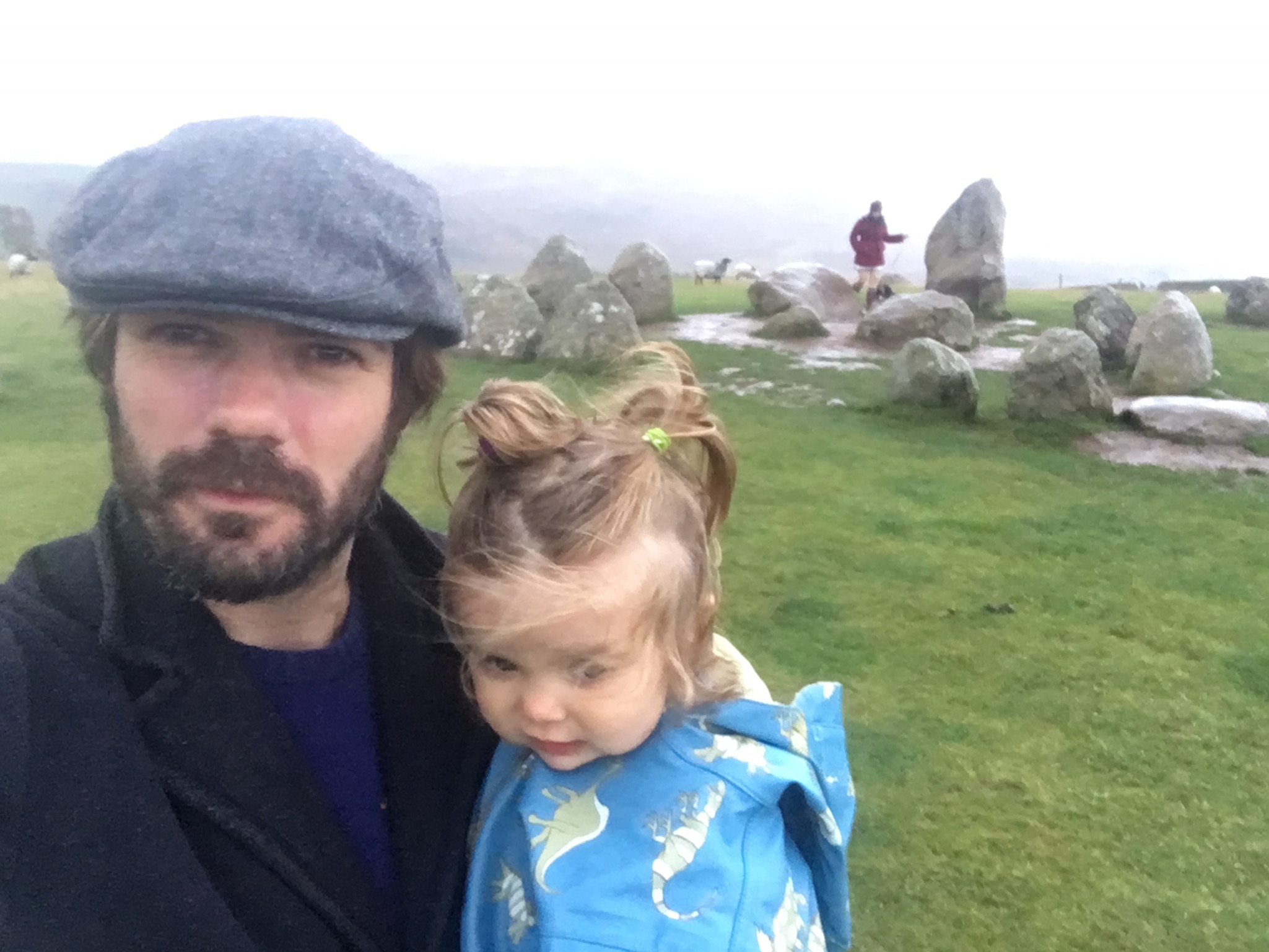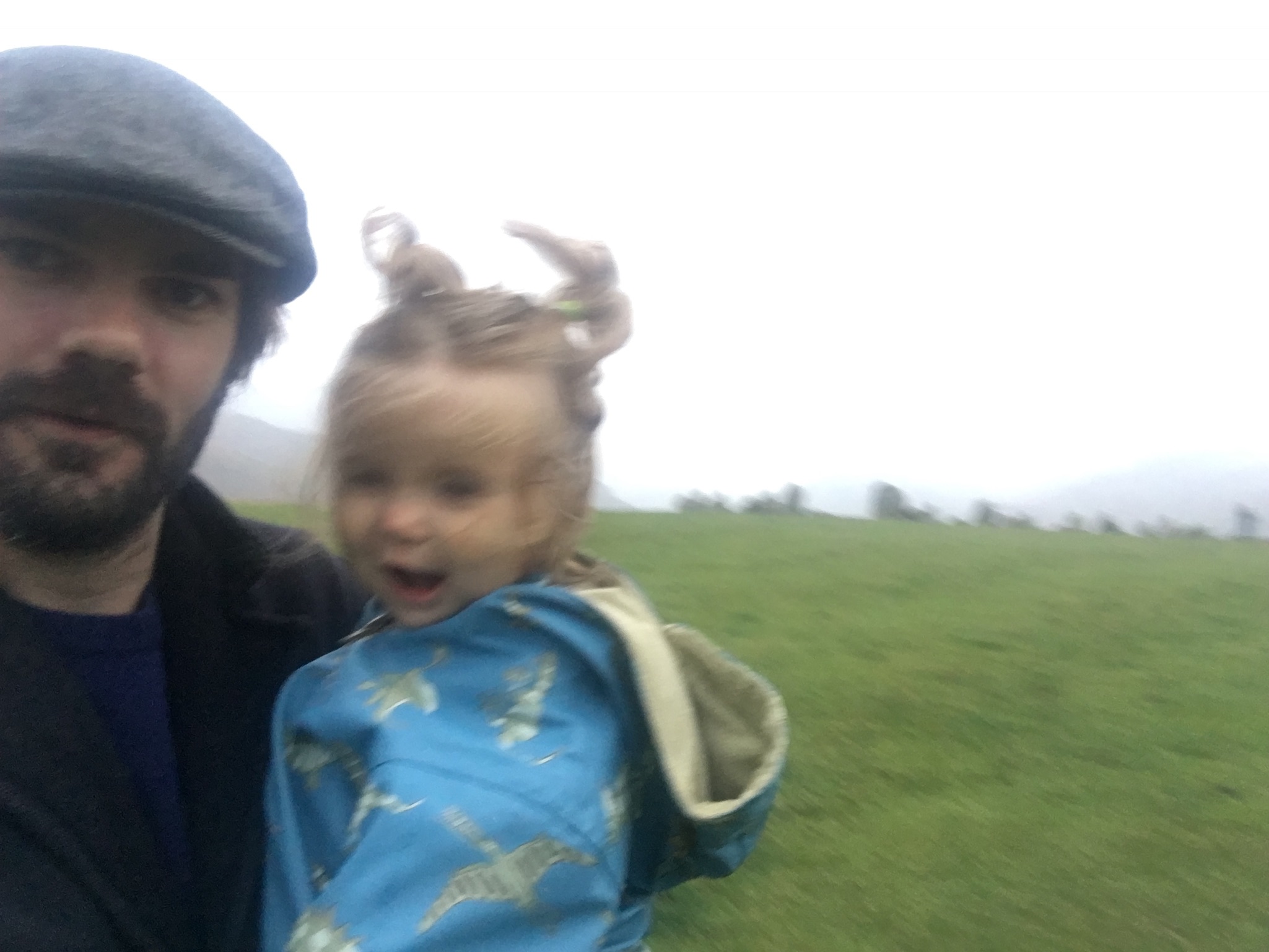In the remote wilds of Cumbria we found ourselves in the midst of a prehistoric marvel. The Castlerigg Stone Circle is a thing of true wonder. Ancient stones set in an otherworldly surrounding, it echoes with the memories of two hundred generations or more. Dubbed the Druid circle, the carefully positioned stones are enclosed by the epic majesty of the fells, languishing stylishly at the centre of an impossibly enormous natural amphitheatre.
The circle is thought to be Late Neolithic or Early Bronze Age in date and its function has been argued for centuries, the debate still rages. From meeting place to astronomical device, trading post to ritual centre, its mysteries continue to draw fascinated fandom from all over the planet. Here we were the next in line.
We made our way up a steep hill by car and found a suitable place to alight. Only a little gate and a lot of sheep remained between us and the ancient stone circle. There is no price to pay, witnessing the archaic architecture costs only the will to make the journey and to brave the cold. From within the stones, which you can approach and explore up close, the views are simply ecstatic. The intimate experience of this mystical construction whilst the wind, frost, rain and fog whips around you like a dancing demon is indescribable. You become a part of its endless mystery by merely standing within its hallowed centre.
The stones are composed of volcanic rock from the Borrowdale Volcanic group, some are over 2 meters high and weigh up to 16 tons. The process of monument creation would have been both a feat of utter genius and extreme exhaustion. Archaeo-astronomers have suggested the stones line up with the midwinter sunrise and certain other significant positions of the moon.
The earliest written record of the circle comes from that antiquarian intrigue and prehistory scholar, William Stukeley. His account, published after his death in 1776, recalls the monument as a Celtic work with a mysterious grave at its east end. Whilst there is no evidence of human remains being uncovered at the monument, little recorded archaeological work has actually been conducted. However, nearby at White Raise Cairn, human remains were discovered in a stone lined grave within.
Though the incredible structure is constantly linked to Druidical practice, there seems to be no genuine evidence of its function during the Iron Age. 3 Neolithic stone axes were discovered within the circle giving rise to a belief it may have been a trade and exchange post of these valuable items. Polished axes such as these were quarried high in the fells thanks to the qualities of the local volcanic rock.
Legend has it that the stones move when not being watched, mischievously switching places or even hiding so that it is said you will never count the same number of stones twice. Glowing orbs have been persistently reported at the site, giving rise to a belief the stones may be the haunt of faeries and ghosts.
Close to the Castlerigg Stone Circle, a recent speculative magnetometer survey discovered a substantial possible Roman fort complex beneath the undisturbed earth. The giant enclosure is believed to have been a temporary camp for troops advancing north to the far unknown reaches of the island. The stories of horror and marvel which must have been spoken within those walls, of the monsters and gods that dwelt in the barren wilds of the north, of the treasures and wonders that were surely to be discovered during those treacherous treks. If walls could only speak. It remains unexcavated but perhaps one day will add much to the story of this historic area.
Before our fingers and toes became completely numb to the bone, we made our way back through the lustrous landscape towards the nearby idyllic town of Keswick. A picturesque postcard of a settlement, Keswick offers the outdoor adventurer a welcome retreat from city bustle and daily routine. Littered with good old fashioned pubs (dogs and children welcome everywhere it seems, with the Twa Dogs and Dog and Gun being our very favourite) and countless cafes and shops, it has become a base and a shrine for all things explorer.
The jewel in this magnificent landscape crown is Derwentwater, a glorious pool of twinkling silver surrounded by a circle of emerald mountain giants, peering down into its mirror-like depths. Boats glide effortlessly across the choppy waters seeking unforgettable pleasure from otherwise unobtainable scenic views. It is easy to see why this place has been revered throughout the ages.
After many a locally brewed Jennings ale, we gathered our family entourage and made for the comfort of our lodgings. Such a place as this seems straight from the pages of classic literature, as though all the words of the great romantic poets, the settings of legend and fantasy authors and the songs of folk troubadours collided and from the dust emerged their imagined Elysian fields.
We will sleep well tonight in this cosy corner of Albion… or dare I whisper, Eden?...
